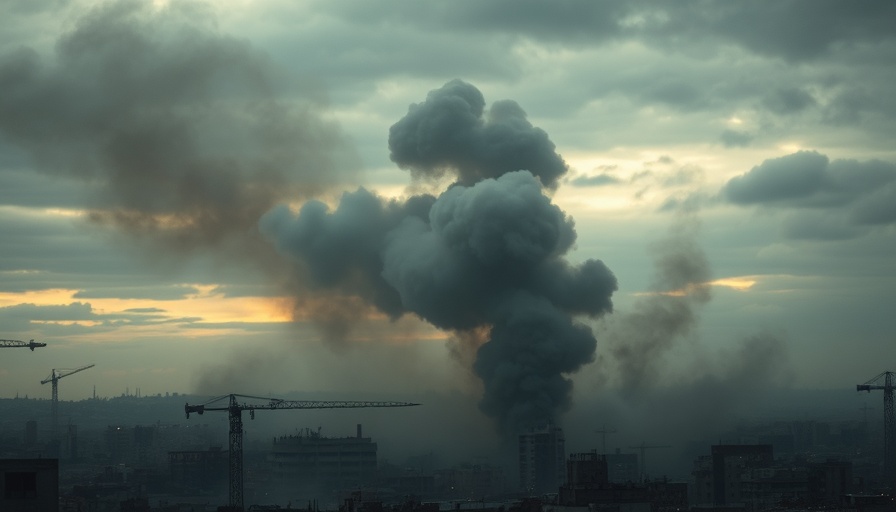
Understanding Proposition 50: A Call for Fair Representation
As Californians prepare for the upcoming vote on Proposition 50, it's essential to grasp the stakes involved. Prop 50 aims to temporarily adjust our congressional district maps in response to a partisan maneuver from Texas, which recently redistricted to gain more House seats. This initiative has ignited heated discussions across the state, highlighting how fair representation is not just a political buzzword; it’s fundamental to our democratic process.
Why Is Prop 50 Critical Right Now?
The urgency of Prop 50 cannot be understated. With Texas’s decision to add five congressional seats mid-cycle, California's representation in Congress could be jeopardized. As noted by nine supportive mayors, the situation is reminiscent of a soccer game where one team arbitrarily increases its players while the other remains static. This strike against fair play necessitates immediate action, urging Californians to respond to this imbalance.
A Deeper Dive Into Redistricting Implications
Redistricting might seem like a bureaucratic issue, but its implications ripple through communities, influencing political power and resource distribution. According to the Public Policy Institute of California, the new map aims to maintain similar levels of racial and geographic representation that the current map upholds. This is pivotal as it acknowledges demographic diversity, ensuring that representation aligns with the state's population variations.
Balancing Act: Power and Representation
At its core, Proposition 50 is about leveling the playing field. While the Texas Legislature proactively redrew its maps to solidify its political power, the call for redistricting in California seeks to preserve voter rights and uphold fair electoral practices. This restoration of equity is paramount; gerrymandering tactics threaten to undermine decades of progress made in protecting diverse voices within the political arena.
The Role of the Citizens Redistricting Commission
California’s unique approach, utilizing an independent Citizens Redistricting Commission, sets it apart from other states, ensuring that district lines are drawn fairly and transparently. This commission's prior arrangement was designed to diminish political biases, a crucial factor amidst the contentious calls for change presented by Prop 50. While the proposal seeks to override some existing rules, maintaining some aspects of the commission's fairness is crucial.
Notably, despite the proposed adjustments, as illustrated in the ongoing discussions, both the current and Prop 50 plans include a significant number of majority-Latino districts, revealing attempts to preserve minority representation. Understanding how these changes will affect various communities assists voters in making informed decisions.
Public Sentiment: The Case for Vote Yes
The sentiment among supporters is clear: the importance of unity in representation cannot be ignored. Californian voters must understand that voting 'yes' is a signal of their commitment to justice and equality in political representation. Losing ground amidst aggressive tactics from other states could have long-term repercussions for how Californians are represented in Congress.
Potential Challenges and Counterarguments
Opponents of Prop 50 warn that bypassing current fair representation could open doors to misappropriated power in the future. They express concerns about creating districts that may not benefit all communities equally. To address these fears, ongoing dialogue about maintaining community interests and ensuring equitable representation is vital. Legislators must actively engage with a diverse range of constituents to minimize potential backlash.
Next Steps for Voters
As the election date approaches, voters are encouraged to educate themselves about not only Proposition 50 but also its ramifications on their communities. Actively taking part in discussions, attending forums, and consulting reliable resources can pave the way for informed decision-making. Being part of this democracy means understanding how every vote holds significant weight in shaping policies that impact daily lives.
The call to action is simple: cast your vote and advocate for fair representation. California deserves a political landscape that reflects its diversity—let’s ensure our voice remains strong and unified against manipulation from less democratic practices.
 Add Row
Add Row  Add
Add 




Write A Comment